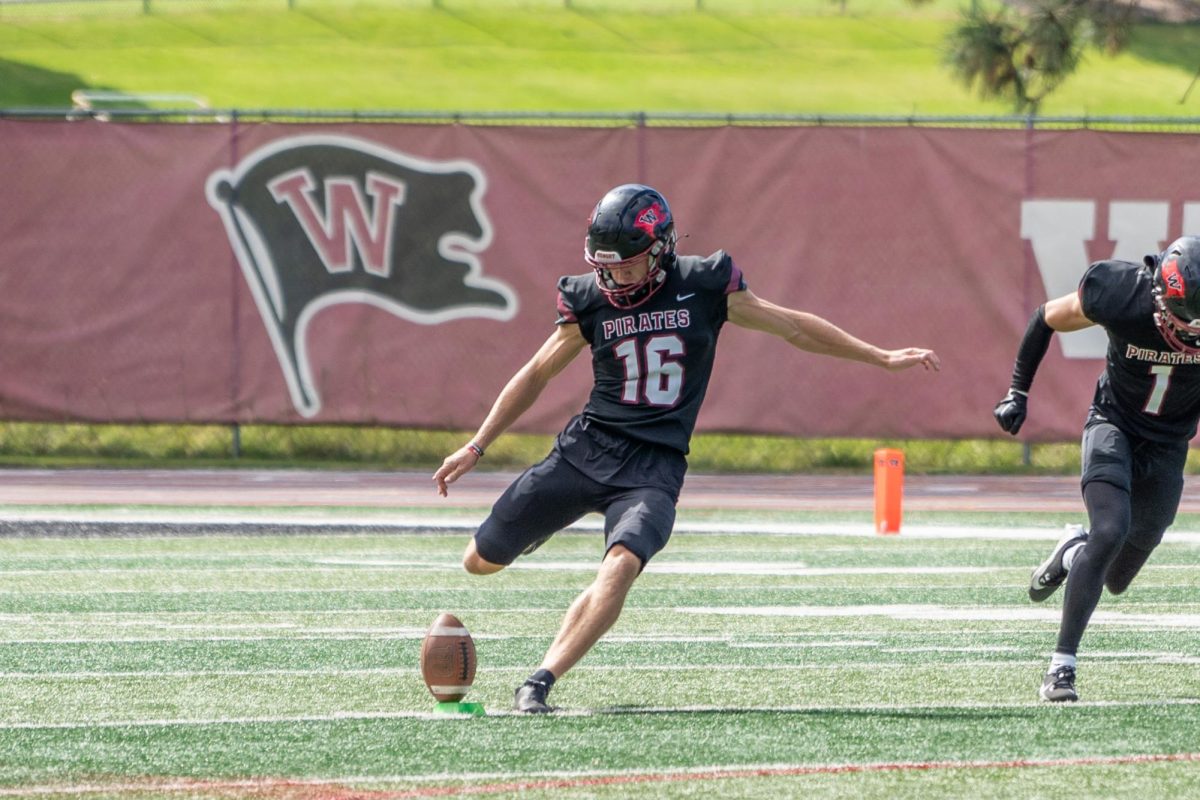The ASWU budget proposal was prepared entirely behind closed doors. During the budget committee meeting, each chartered club was allotted five minutes to propose their budget, after which they were escorted out and the door shut behind them.
There are also no minutes for the budget committee meeting posted on the ASWU website.
According to financial vice president Chelsea Shearer, “we don’t take public minutes of budget committee because it’s a private meeting in order to protect the members of the committee.”
“This isn’t out of the ordinary as far as I know,” she stated.
The privacy of budget committee is not, however, included in ASWU’s financial standard operating procedures document, which can be found at https://whitworthaswu.com/files/ASWU_FSOP_Spring_2016.pdf. In this case, anonymous minutes could be posted with no issue, and there would be at least a little transparency around the whole thing. Without minutes, we are simply presented with a spreadsheet of numbers and no explanations.
As it stands, the whole process seems to be set up for corruption and thoughtlessness, and I believe the budget proposal reflects that.
First, the clubs facing budget cuts represent a wide variety of clubs, and includes some of the most active and visible clubs on campus, including Jubilation Dance Ministry, H.O.L.A., Bangarang, Business Club and En Christo.
One might think these large cuts were made for purely financial reasons. If a club has surplus on their account, it rolls over into next year and they don’t need more money. But there’s no correlation. Most of the clubs had surpluses this year, and only three finished in the red: En Christo had a deficit of $280, the International Club a deficit of $96, and the Pep Band a deficit of $123. Of these, En Christo is taking one of the biggest cuts.
There were also clubs with very large surpluses which received budget increases: the Association for Computing Machinery finished the year with more money than they started with, and were still approved for a $255 (57%) increase. With no correlation between surplus/deficit and budget adjustments, we cannot consider that as a possibility for why certain clubs are taking budget cuts. There’s just no rhyme or reason to it.
The cut to bus passes is unprecedented: according to the Spokane Transit Authority, they more than reached their goal this year, a fact brought to the attention of the Whitworthian by President Beck Taylor. Even if we had used it less than projected, we would have only paid for what we used. The $21,000 budgeted for it is a maximum, according to junior Alex Mowery, who was one of the students responsible for the initiation of the program.
As reported in an article in October’s print edition of the Whitworthian:
“The more people who use the cards, the more the school pays – but only to a point. “‘We’ll get charged the total operating cost up to $21,000. So, if the bus is used significantly less than we project, then we’ll pay significantly less, but if it’s used significantly more we’ll still only pay that agreed amount,’ Mowery said.”
Many of the users were faculty, but students still used the passes, and more students would have if it were better advertised. I believe that ASWU, even if inadvertently, set the program up for failure by simply not making it known. There were no emails sent out, no posters, nothing except a whiteboard notice written in almost-dead marker by the info desk—”Bus passes here!” Many students I’ve talked to simply weren’t aware that bus passes were available, which is just plain unacceptable.
The bus pass decision is also one that disproportionately affects international students, lower income students, and freshmen. These are groups that we should be focused on helping, not disadvantaging.
The abandonment of the newspaper readership program is also uncalled for. I took it upon myself to check the news racks around campus—most had very few newspapers left. Even the HUB rack, hidden behind the whiteboard by the info desk, had only a few newspapers left as of 6:30 p.m. Monday evening, May 6. In Weyerhauser, there were none left. If these newspapers are being taken by students, what reason does ASWU have to take them away?
Professor Ron Pyle was worried about the possible effects this decision could have on campus.
“It’s possible that there are good reasons behind the decision,” he said. “That said, I do think it’s unfortunate that we are removing one of the ways that our campus community can be in touch with important local and national events. If our community is less informed, the quality of our thought and discourse may be adversely affected.”
With these proposed restrictions to transportation and information, the proverbial Pinecone Curtain is becoming more real.
Taking into account all of these cuts to programs that affect the student body at large, we’d expect ASWU’s executive operations budget to be decreasing as well, right?
Wrong. It’s doubling. One of the largest increases is to ASWU’s fall/spring retreat budget, which is proposed to be $4500. The cost of a retreat doesn’t have to be in the thousands, though: the music department does their retreats at nearby St. Luke’s Lutheran Church or St George’s School on a very low budget, and they still have the team-building experience that is the purpose of a retreat. Residence hall leadership retreats are taken from each hall’s respective budget. These budgets are based on the size of the residence hall, and are supplemented by any revenue from hall events such as Mac’s Haunted House or the various residence hall dances. This money then goes to such things as PrimeTimes, other hall events, et cetera—and any leadership retreats. This year, the largest hall, Warren, has a budget of $908, plus revenue from the Monster Mash, a budget of which their leadership retreat will only be a small fraction. ASWU does not need $4500 for a local retreat.
The marketing and PR budget for ASWU is also increasing, by $13,000, or a factor of 500%, with this increase apparently going to a new smartphone app. This is an absolutely unnecessary expense, as there is already an ASWU app that exists. This app, while still available for download, has not been updated since fall of 2017.
The proposed app is, apparently, one that Gonzaga uses. Gonzaga’s website contains no mention of the app they use, not even on the Gonzaga Student Body Association page in the “Connect with GSBA” section or in the Student Activities page under “News and Events”, which both contain links to social media accounts. This does not bode well for how popular and effective the app is.
The app used by Gonzaga may function better than the one we currently have, but it would take very little money to bring our existing app up to the standard. The computer science department’s capstone class, Software Engineering, is a project-based class that focuses on software development and maintenance, and any organization can contact professor Pete Tucker about pitching a project to the class. ASWU could quite literally improve upon the idea of the existing app for free, using this $13000 one as inspiration.
With the minimum wage increasing in January and several new positions in ASWU, there are some things that simply needed more money, and there needed to be a way to balance it, even with an increase in overall revenue. Something had to be cut. However, it is extraordinarily irresponsible for ASWU to be making so many cuts to student programs and services, and to then turn around and more than double their own budgets.
Overall, ASWU seems to be making unprecedented cuts and frivolous increases in this year’s budget proposal. Why are clubs and student programs facing so many cuts? Why are ASWU’s own retreats and a redundant app being prioritized? For a student government that claims to be meeting students’ needs, I see a whole lot of self-service. I encourage you to urge your representatives to vote ‘no’ on this budget proposal, and to attend the ASWU meeting to make your voice heard.







 Spokane?
Spokane?